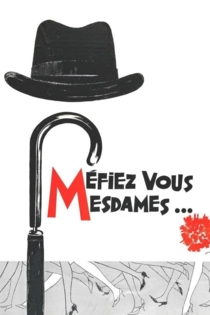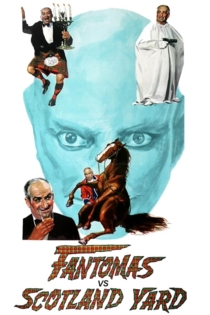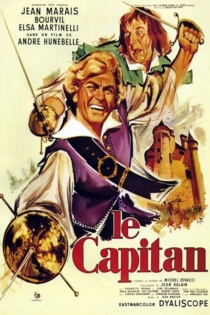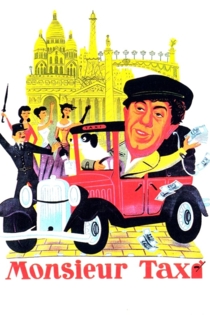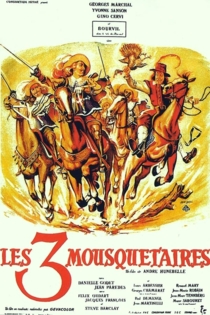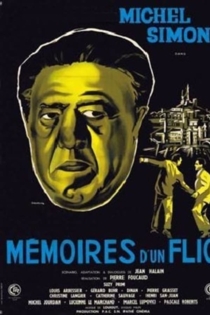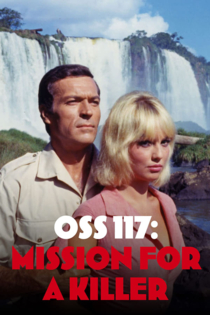
André Hunebelle
1896 - 1985After attending polytechnic school for mathematics, he became a decorator, a designer, and then a master glass maker in the mid-1920s (first recorded exhibition PARIS 1927 included piece "Fruit & Foliage"). His work is known for its clean lines, which are elegant and singularly strong. He exhibited his own glass in a luxurious store located at 2 Avenue Victor-Emmanuel III, at the roundabout of the Champs Èlysées in Paris. Etienne Franckhauser, who also made molds for Lalique and Sabino, made the molds for Hunebelle's glass which was fabricated by the crystal factory in Choisy-le-Roi, France. Hunebelle's store ceased all activity in 1938 prior to World War II.
Hunebelle pieces are marked in several ways. The most common is A.HUNEBELLE-FRANCE in molded capitals either within the glass design or on the base. Other pieces are marked simply A.HUNEBELLE. There was also a paper label with A and H superimposed in a stylized manner. Since paper labels are frequently lost, many pieces may appear completely unmarked. In the author's collection there are pieces marked A.HUNEBELLE both with and without the word FRANCE, and a bowl marked MADE IN FRANCE that is identical to one shown in a Hunebelle catalogue. Hunebelle also used a more elaborate maker's mark imprinted on some glass pieces which had the word FRANCE encircled by the words MADE IN FRANCE MODELLE DEPOSE et R COGNEVILLE and with A. HUNEBELLE underneath (reflects mid 1930s partnership with COGNEVILLE).
In a short essay, he defined his stylistic aims as a glassmaker, explaining that he wanted to be "an adept of an abstract art where the geometric exactness, the poetry of line, and transparency are combined."
He also patented techniques for producing exact mouldings of items.
His glasswork displays a calculated modernism in contrast to influences derived from animals, plants and flowers which featured in the work of contemporaries such as René Lalique, Pierre D'Avesn and Marius-Ernest Sabino at the time. Hunebelle chose to focus on geometric forms, using technique and his scientific background to enhance light emission as much as possible. Surface contrasts, volume intersections, polished-non polished effects, geometry, light and poetry of line feature prominently in his work. Hunebelle employed both mold-blown and pressed-molded techniques in producing his pieces.
Hunebelle was a publisher of a French newspaper called La Fleché. During World War II, he had no job until a friend Marcel Achard found him work in films for Production Artistique Cinématographique (P.A.C.) where he acted as an art director and later began producing films beginning with Leçon de conduite (1946). He directed his first film Métier de fous in 1948.
His next three films were a film series of French film noir featuring Raymond Rouleau as a journalist character mixing with crime. All three had the titles beginning with the letter "M" in honour of author Pierre Benoît whose heroines all began with the letter "A". The films were written by Michel Audiard, a crime novelist. ...
Source: Article "André Hunebelle" from Wikipedia in English, licensed under CC-BY-SA 3.0.
Le Bossu
André Hunebelle
Jean Marais, Bourvil
Duke Philippe de Nevers is an influential and popular man who is married to a beautiful wife called Aurore. His rival Philippe de Gonzague hates him enough to organise an attempt on him. The Duke is accompagnied by Henri de Lagardère when de Gonzague's henchmen altogether attack him. Lagardère cannot save his friend because the both of them are hopelessly outnumbered. He has to escape in order to save the Duke's daughter and swears revenge. Together with his old buddy Passepoil he raises the little girl in Spain. At the same time he returns frequently to France where he detects confronts his friend's murderers and puts them to the sword one by one until only their former leader is left. Finally he discovers that Philippe de Gonzague is the man for whom he is looking.
The Hunchback of Paris

Fantomas Unleashed
André Hunebelle
Jean Marais, Louis de Funès
In the second episode of the trilogy Fantômas kidnaps distinguished scientist professor Marchand with the aim to develop a super weapon that will enable him to menace the world. Fantômas is also planning to abduct a second scientist, professor Lefebvre.
Fantomas Unleashed
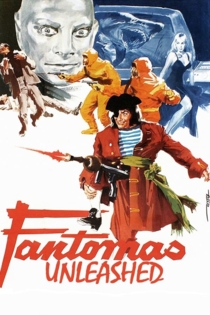
Le miracle des loups
André Hunebelle
Jean Marais, Rosanna Schiaffino
Charles le Temeraire asks in marriage Jeanne de Beauvais, daughter of King Louis XI, wishing to get her valuable lands in dowry. The King is wise to this, and since his daughter does not feel inclined to accept, he refuses. Charles sets up a plan to abduct the prince, in a way that the suspicions will fall upon Robert de Neuville, a noble enamoured of the princess. Robert manages to free her from the castle where she was being kept. Charles keeps setting traps, and managing people to perjure against Jeanne, and the King himself. Finally, Jeanne escapes alive from a pack of wolves, who set watching the lady alone in the snow covered woods, instead of attacking her. Charles does yet accuse her of being a witch - wishing to have her dead rather than being the wife of Robert... Robert will be her champion in a Judgement of God. Will the 'miracle of the wolfs' repeat itself, or fearless Charles defeat Robert in the sword duel?
Blood on His Sword
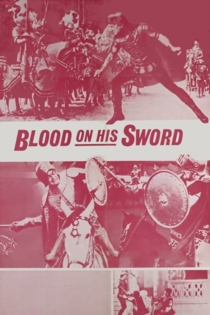
Méfiez-vous, mesdames!
André Hunebelle
Michèle Morgan, Danielle Darrieux
Charles Rouvier, a lawyer, is in jail for trying to save one of his clients, Hedwige. He decides to be revenged on women and his inmates teach him how to seduce and exploit them.As soon as he is released from prison he places a personal ad in a newspaper. This is how the newly self-appointed "cynical Don Juan" will meet three creatures: Florence, Gisèle and Henriette. Who will eat who?
Be Careful Ladies
